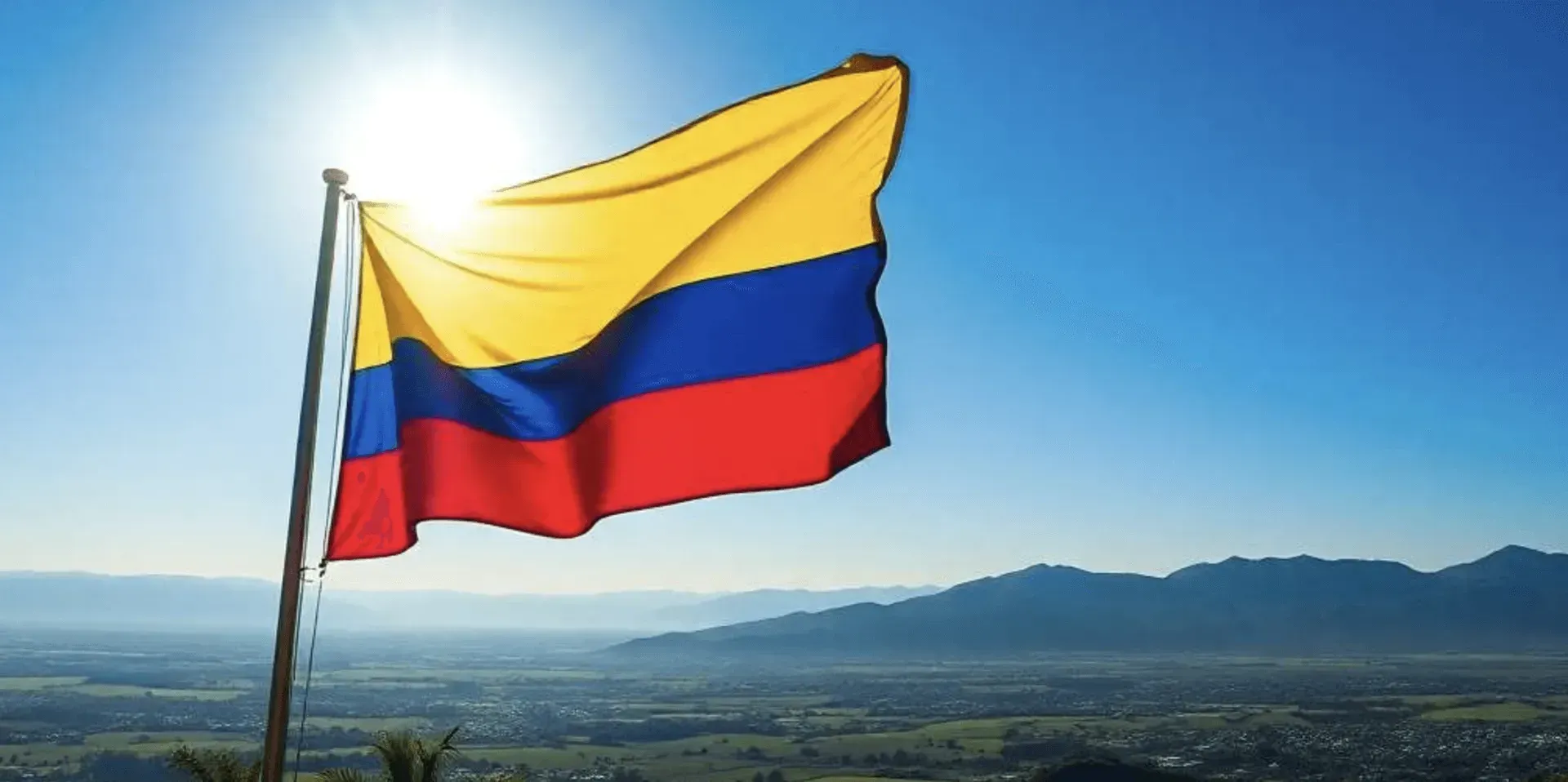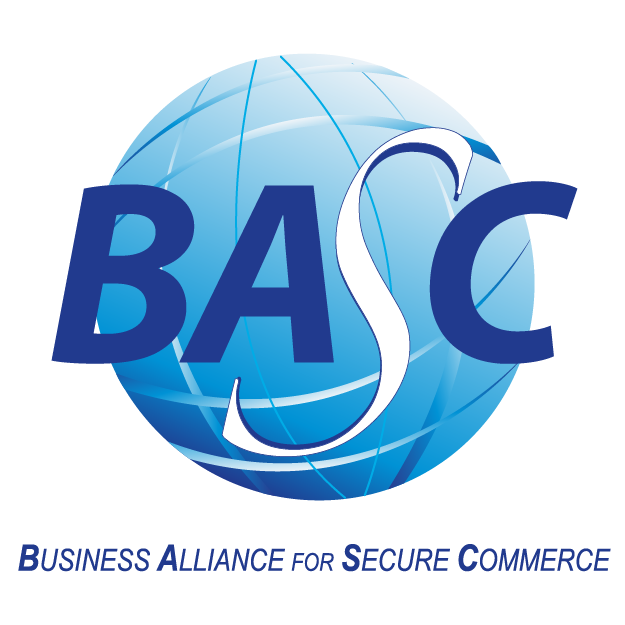Certificate of origin in Colombia

The certificate of origin in Colombia is an essential document for international trade. This certificate establishes the origin of products, allowing exporters to access tariff benefits. Obtaining it requires following a specific process, including registration in the RUT (Single Tax Registry) and submitting various documents. CLM Cargo offers detailed information on each phase of the process, facilitating successful export operations.
What Is a Certificate of Origin?
A certificate of origin is a key document in international trade that verifies the country of origin of the goods being exported. It provides a formal declaration confirming that a specific product has been produced or manufactured in a particular country—in this case, Colombia. This document is essential for exporters, as it enables them to benefit from tariff reductions offered through trade agreements.
The certificate of origin not only identifies the origin of a product but also ensures compliance with the origin rules required by importing countries. Having this document streamlines customs procedures and minimizes disputes related to the provenance of goods. This is particularly important in today’s global trade environment, where regulations can vary significantly between countries.
Types of Certificates of Origin
- Preferential Certificate of Origin: Used to benefit from tariff reductions under specific trade agreements.
- Non-Preferential Certificate of Origin: Issued to certify origin without applying any tariff benefit.
This type of certification is especially relevant for products like vehicles, whose origin must be verified when crossing borders. For a practical example, check out our guide on importing cars from the United States, which explains the requirements, regulations, and costs involved.
For Colombian products, having a certificate of origin is a key element. It allows access to international markets more competitively. Exporters can benefit from reduced or even eliminated tariffs, positioning themselves favorably against similar products from countries that do not enjoy such advantages.
Moreover, the certificate of origin helps promote domestic production. By requiring the use of locally produced inputs, it contributes to the economic development of different regions in the country. Thus, it is not only a requirement for exporting, but also a vital tool for strengthening the Colombian economy.
Importance of the Certificate of Origin
The certificate of origin is a cornerstone of Colombian international trade. It not only validates the origin of products but also plays a crucial role in their global competitiveness. Its importance lies in several essential aspects for exporters:
Access to Tariff Benefits
This certificate allows Colombian products to enjoy reduced or zero tariffs in various markets, increasing their appeal over international competitors. Free trade agreements in which Colombia participates often require this document to apply preferential rates.
Facilitation of International Trade
By certifying the product’s origin, it minimizes disputes about provenance and builds trust between exporters and importers. This element of security is increasingly valued in a globalized business environment.
Regulatory Compliance
Each country has specific regulations regarding the origin of goods. A certificate of origin ensures that products comply with entry requirements in target markets, avoiding potential issues or sanctions.
Promotion of Local Production
By facilitating the export of Colombian-made goods, the certificate supports local economic development. Foreign demand encourages producers to maintain and improve product quality, benefiting both the agricultural and industrial sectors.
Enhancement of International Image
Proper use of the certificate of origin can elevate the perceived quality of Colombian products globally. This is crucial for strengthening Colombia’s national brand and positioning the country as a reliable global supplier.
In short, the importance of the certificate of origin goes far beyond administrative requirements—it is a strategic tool that enables Colombian companies to integrate effectively into global trade. Proper management of this document can lead to significantly improved business opportunities and long-term sustainability.
Process to Obtain a Certificate of Origin in Colombia
The process to obtain a certificate of origin in Colombia is essential to ensure access to tariff benefits in international trade. Exporters must follow several important steps:
Registration in the Single Tax Registry (RUT)
Registering in the RUT is the first essential step for companies seeking to apply for a certificate of origin. This registration validates the economic activity related to the production of exportable goods.
Validation of Economic Activity
It is crucial that the RUT information is up to date and accurately reflects the company’s productive activity. This validation ensures the product meets the necessary criteria for proper classification in the international market.
Association Request
If the producer needs to include inputs from other manufacturers in the final product, they must request an association with the Origin Service Coordination. This step formalizes collaboration between producers.
Required Documentation
To submit the application, the following documents must be provided to support the association:
- Granted legal authorization (power of attorney)
- Business registration of the involved companies
- ID copies of the legal representatives
Contact via Email
Applications must be sent via email to the
Origin Service Coordination. This contact channel enables a more efficient management of the association process.

Drafting the Sworn Declaration of Origin
Once all previous steps have been completed, the next stage is the drafting of the Sworn Declaration of Origin. This document is essential to certify the origin of the exported product.
Completing the Form
The form must be filled out using DIAN’s Electronic Information System. This process involves providing detailed information about the ingredients, raw materials, and the product's manufacturing process.
Digital Signature
The completed form must be digitally signed. To do this, the company must obtain a digital signature from authorized providers, such as Certicámaras or Andes SCD, which guarantee the document’s authenticity.
Submission via the Electronic System
Once completed and signed, the document must be submitted through DIAN’s electronic system. This formalizes the application and triggers the next stages of the process.
Creation and Authorization of the Commercial Entity
If the exporter is not the same as the producer, it is necessary to register the commercial entity with DIAN. This authorization is essential to allow the trading company to manage the certificate of origin request.
Registration of the Commercial Entity
The registration must include detailed information about the trading company, such as the Tax ID (NIT), business name, and address. This information supports the administrative procedures required for certificate processing.
Legal Representative Information
In addition, the details of the legal representative of the trading company must be provided. This person will act as the primary point of contact throughout the process—essential for maintaining formal and effective communication.
Requesting the Issuance of a Certificate of Origin
With all previous steps completed, the exporter may officially request the issuance of a certificate of origin. This stage involves submitting the required documentation for DIAN to evaluate and proceed with the issuance.
Submission of the Commercial Invoice
A crucial part of the request includes the submission of the commercial invoice corresponding to the goods to be exported. This document must contain key information about the merchandise:
- Product description
- Quantity of goods
- Total value
- Destination country
- Seller and buyer information
A well-prepared invoice not only facilitates the issuance of the certificate but is also essential for customs clearance and proper product identification in the importing country.
Certificate of Origin Format
The exporter must also create a specific certificate of origin format via DIAN’s system. This format must align with the applicable trade agreement, ensuring proper product classification.
Digital Signature and Submission
Once the form has been filled out, it must be digitally signed and submitted through DIAN’s electronic system. This step formalizes the request for the certificate of origin.
Issuance and Notification of the Certificate of Origin
After submission, the next step is the issuance and notification of the certificate of origin. This process is overseen by DIAN to ensure all documentation is in order.
Documentation Verification
A DIAN officer will review all documents submitted by the exporter. This is a critical step to confirm compliance with all requirements for the issuance of the certificate.
Tracking the Application
The application can be tracked using the reference number provided. This tracking feature allows exporters to check the status of the process and anticipate any additional requirements.
Required Documentation
Obtaining a certificate of origin in Colombia requires a number of documents, each with a specific function to ensure compliance with international trade regulations.
Commercial Invoice
The commercial invoice is one of the most important documents in the process. It must include:
- Product description
- Quantity of goods
- Total value
- Country of destination
- Seller and buyer information
This document is essential for customs clearance and validating the exported goods.
Bill of Lading
The bill of lading is another critical document, serving as a contract of carriage between the exporter and the transport company. It must include:
- Details about the transport method used
- Name of the consignee
- Shipping route
- Cargo description
This document confirms that the goods were received for transport and are insured until delivery.
Production Certificates
Depending on the type of product, it may be necessary to provide certificates proving the origin of raw materials. These are essential for verifying compliance with the importing country's origin requirements, such as:
- Certificates of quality for raw materials
- Documents proving traceability of inputs
Presenting this documentation helps validate the sworn declaration of origin and builds the importer's confidence in regulatory compliance.

Additional Required Documents
In addition to the previously mentioned documents, the exporter may require other supporting documents depending on the type of product and the requirements of the destination country. These may include:
- Phytosanitary certificates for agricultural products
- Zoosanitary certificates for animal-origin products
- Export licenses, if applicable
Each of these documents must be carefully reviewed to ensure compliance with the importer's regulations. Proper preparation and submission are essential to avoid delays or issues during the export process.
Authorities Responsible for Issuing the Certificate of Origin in Colombia
In Colombia, several entities are responsible for issuing the certificate of origin. These institutions ensure compliance with legal requirements and facilitate access for Colombian products to international markets.
DIAN
The National Tax and Customs Directorate (DIAN) is the main authority in charge of issuing the certificate of origin in Colombia. DIAN plays a crucial role by supervising compliance with customs regulations and facilitating foreign trade. Through its electronic system, DIAN allows exporters to submit documents and applications efficiently.
Companies seeking a certificate must submit a sworn declaration detailing product information and its origin. Once validated, DIAN proceeds to issue the certificate.
DIAN also offers guidance and training, particularly beneficial for small and medium-sized enterprises (SMEs) that may not be familiar with the formalities involved in this process.
Chambers of Commerce
Colombia's Chambers of Commerce also play an essential role in the issuance of certificates of origin. These regional institutions support businesses in formalizing their participation in international trade. They are authorized to issue certificates, provided DIAN's established requirements are met.
Their main functions in this context include:
- Validating the applicant company’s economic and commercial information
- Issuing statements that certify the national origin of products
- Providing guidance on relevant regulations to facilitate the export process
Chambers of Commerce serve as a bridge between producers and DIAN, ensuring that all documentation is complete and properly submitted. Their local expertise is invaluable in navigating the specific requirements of each sector.
Recommendations for Successfully Applying for a Certificate of Origin
To ensure a smooth and successful application for the certificate of origin, exporters should follow these key recommendations:
Start the Process Early
It’s essential to begin the application process well in advance. It can be complex and may require gathering several documents. Starting early helps avoid delays that could affect the product’s export schedule.
Proper planning allows time to handle any unexpected issues that may arise during documentation or compliance stages.
Consult Authorities and Trade Experts
Seeking advice from international trade experts is highly recommended. Consulting DIAN directly ensures that exporters receive updated information on procedures and requirements.
Commercial advisors can provide valuable insight into applicable trade agreements and specific rules for the products being exported, ensuring that all steps are followed correctly.
Review Importer Country Requirements
Each country has its own documentation requirements for importing goods. Exporters must carefully review these destination market regulations before applying for the certificate of origin:
- Investigate applicable trade agreements
- Verify any additional documentation, such as phytosanitary or regulated-product certificates
- Confirm that the certificate of origin will be accepted and recognized under the relevant international trade framework
Maintain Clear Records
Keeping organized records of documentation and production processes is key to avoiding errors in the application process. A good filing system ensures quick access to required information at any stage.
Tracking production activities and the source of raw materials simplifies the declaration process and improves the overall management of production and exports.
Use DIAN’s Digital Tools
DIAN offers electronic tools to streamline the submission of the sworn declaration of origin and the application for the certificate. Utilizing these platforms is crucial to expedite the process and meet all formal requirements.
These tools allow exporters to:
- Track the status of applications
- Maintain a digital record of communications and submissions
- Easily address clarifications or future audits






